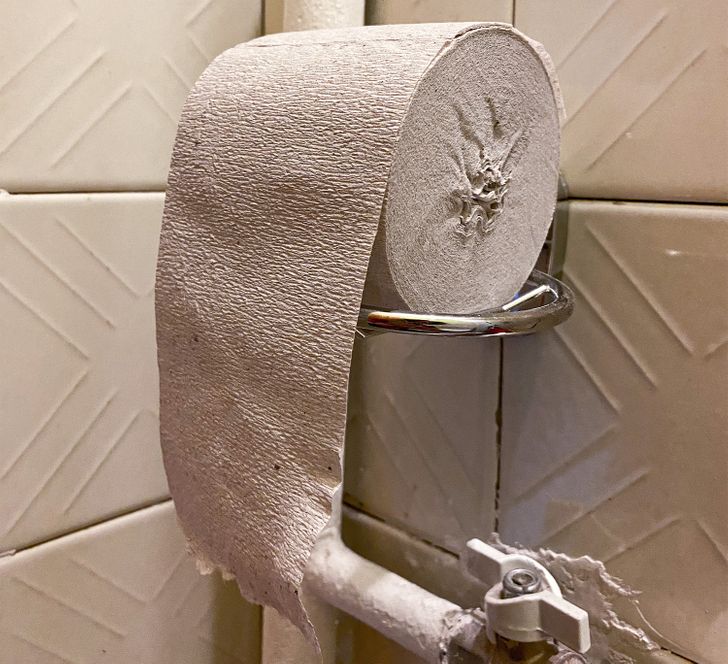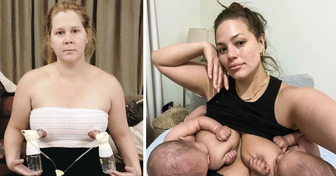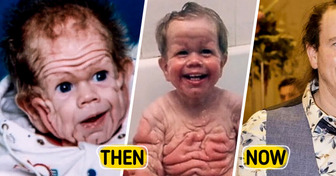Johnny Depp, 61, Stuns Fans with Drastic New Smile After Years of “Rotten” Teeth


Many people strive to appear wealthier than they actually are. This doesn’t always reflect their true financial situation; there’s a common desire to present oneself in a more favorable light. However, creating this illusion is often more difficult than it seems. Small details can quickly expose the reality behind the facade we’ve worked so hard to build.

In most cases, fake luxury brands are of terrible quality and you can see it a mile away. It’s okay that not everyone can afford Prada or Gucci clothes. If you don’t have enough money for those brands, buy quality items from a less famous luxury brand.
The key difference between a millionaire’s menu and that of someone with a modest income isn’t the cost of the food. Wealthy individuals are often deeply focused on healthy eating. While they might consume the same cereals and vegetables as everyone else, they’re unlikely to indulge in shawarma, hamburgers, french fries, or supermarket salads drenched in mayonnaise.
Shoes with bright red soles are a trademark of Christian Louboutin — after all, the designer had to go to court to protect these precious red soles. These shoes were a real hit about 5 years ago and almost all shoe companies started making similar-looking models with red soles. So, because practically anyone can buy such shoes these days, red soles are no longer a sign of wealth. Besides, cheaper models with red soles will start to look pretty bad shortly.
When buying devices and appliances, you have to be very careful. Many brands offer mixes of functions, like a washing machine that’s also a dryer or a microwave that’s also an oven, for example. There are even 3-in-1 models out there, like an oven+coffeemaker+stove! But such devices are often sold for a lot of money and if you see one listed for super cheap, there’s a strong chance the manufacturer skimped on the parts, so the device won’t last all that long.

In the ’90s, many women wanted to show everyone just how wealthy they were, so they’d put on all their finest jewelry at the same time. It used to be very cool to have a set of earrings, a necklace, a ring, and a bracelet that matched. And there are still a lot of people who think that buying jewelry sets is a good idea. However, the fashion industry says otherwise: the more you mix the styles, the better. You can wear pearls with sneakers, gold with silver, and even earrings from different pairs. The most important thing is not to wear too many things at once.
Nowadays, with the global spotlight on sustainability and conscious consumption, the contents of one’s refrigerator can tell a lot about their financial status. A fridge brimming with fresh produce, organic items, and gourmet ingredients often suggests that someone has the means to prioritize quality over quantity, opting for healthier and sometimes pricier options. This trend not only reflects one’s financial capability but also their awareness and commitment to a healthier lifestyle.
Beyond just the visible wealth, a full fridge also hints at a level of stability and security. In a world where food insecurity is a reality for many, being able to stockpile groceries indicates a buffer against economic uncertainties. It’s not just about having the means to purchase food, but the luxury of variety and choice. So next time you open a fridge bursting with goodies, remember, it’s not just food — it’s a reflection of financial comfort and stability.
When the temperature soars or plummets, wealthy individuals typically don’t worry about adjusting their thermostats. Their financial comfort allows them to set their home’s climate controls without fretting over the cost. With smart thermostats and automated systems, they can maintain an optimal indoor temperature effortlessly. This ease removes the stress that comes with the potential spike in energy bills, a common concern for those less affluent. For the wealthy, comfort takes precedence over the occasional higher utility bill, providing a stress-free environment regardless of the weather outside.

When it comes to flashing a perfect smile, wealthy individuals often have an advantage. They can afford the high costs of orthodontic treatments that ensure their teeth are straight and healthy. Orthodontic care is not just about aesthetics; it’s a significant investment in one’s overall health and confidence. Straight teeth are often perceived as a sign of wealth and success, making a person appear more attractive and approachable. Wealthy people leverage this perception, knowing that a good smile can open doors both socially and professionally.
The benefits of straight teeth extend beyond just looks. Rich individuals can easily access the best orthodontic treatments, which are often expensive and time-consuming. While some might view orthodontic work as merely cosmetic, its impact on one’s self-esteem and social interactions is profound. For the affluent, investing in their smile is as crucial as maintaining their wardrobe or car — it’s a part of their personal brand.

Unlike expensive toilet paper, cheaper alternatives are too thin, so we end up using more paper because we want more layers. So, in fact, by doing this, you don’t save any money because you have to buy toilet paper more often.
The same works for paper towels: cheap towels disappear in your hands, making you tear another piece and waste more paper. Instead, you can buy a big batch of toilet paper and paper towels so every single roll will be cheaper.

For many people, jeans are a basic part of their everyday wardrobe, so don’t be cheap when shopping for them, and don’t choose pairs that are no longer trendy. Today, it’s better to buy very simple models without any print, lace, or other decorative elements. Simple jeans are great for people of any age and occupation. And you can always use accessories to make them look more interesting.
A parent’s desire to save every penny to make it to the next paycheck will inevitably impact their child. As an adult, this child may become wasteful, purchasing things they don’t really need. These items are often bought just because they’re popular or because society dictates that anyone with a successful life should own them.
In today’s world, many people equate material wealth with success and happiness. Even if they aren’t truly rich, they often go to great lengths to appear prosperous. In contrast, genuinely wealthy individuals live by different principles and are unconcerned with the opinions of others.











